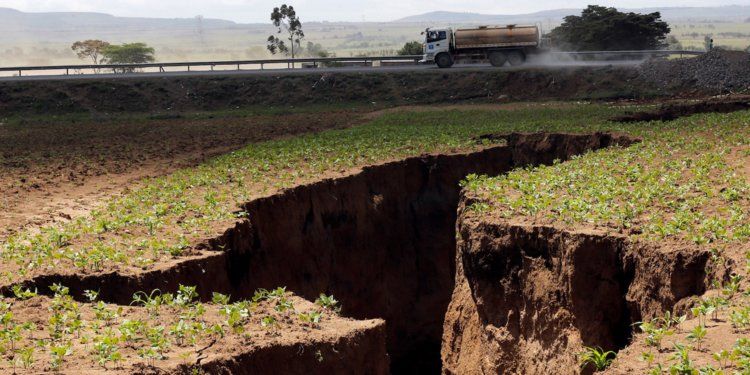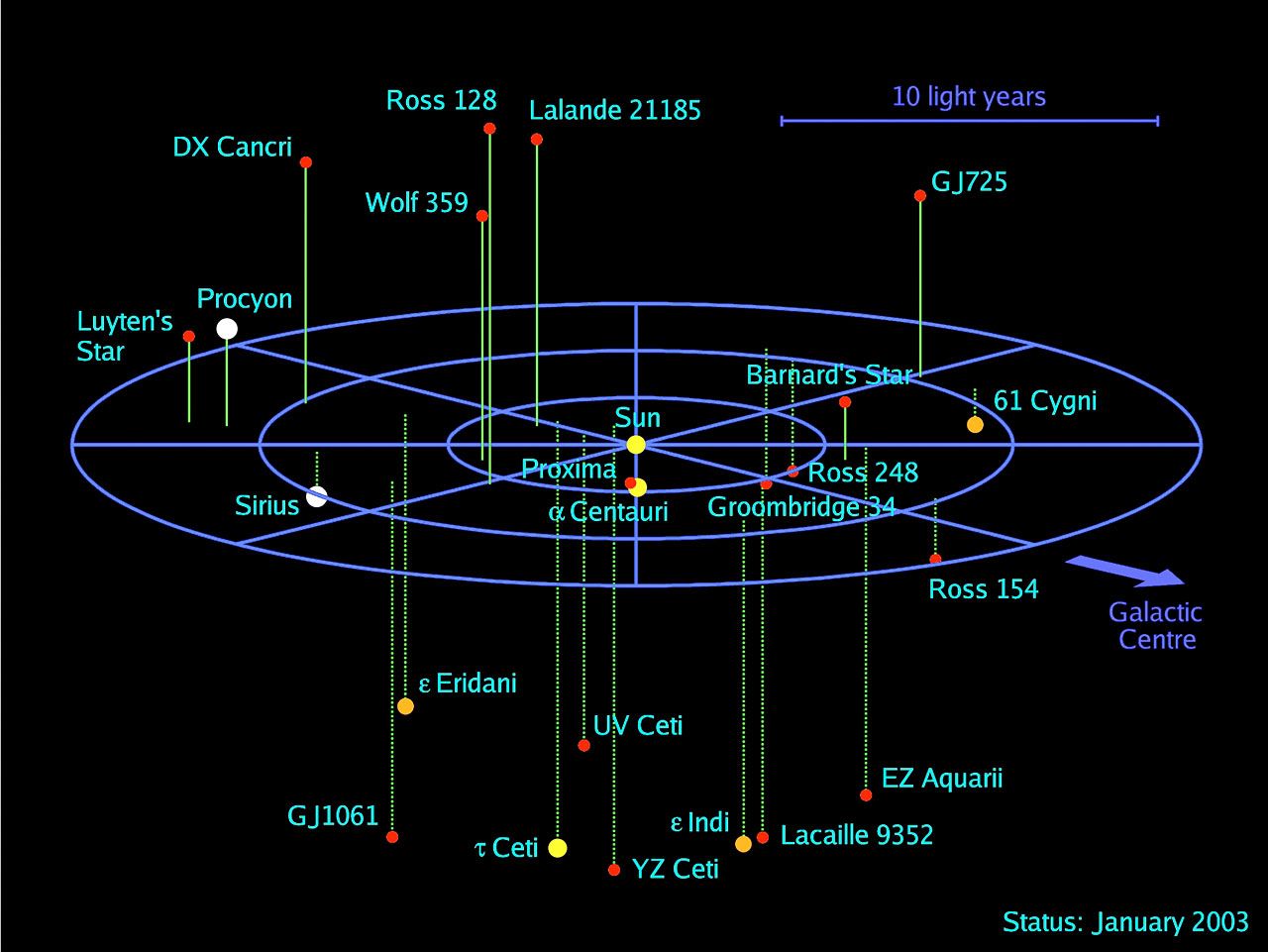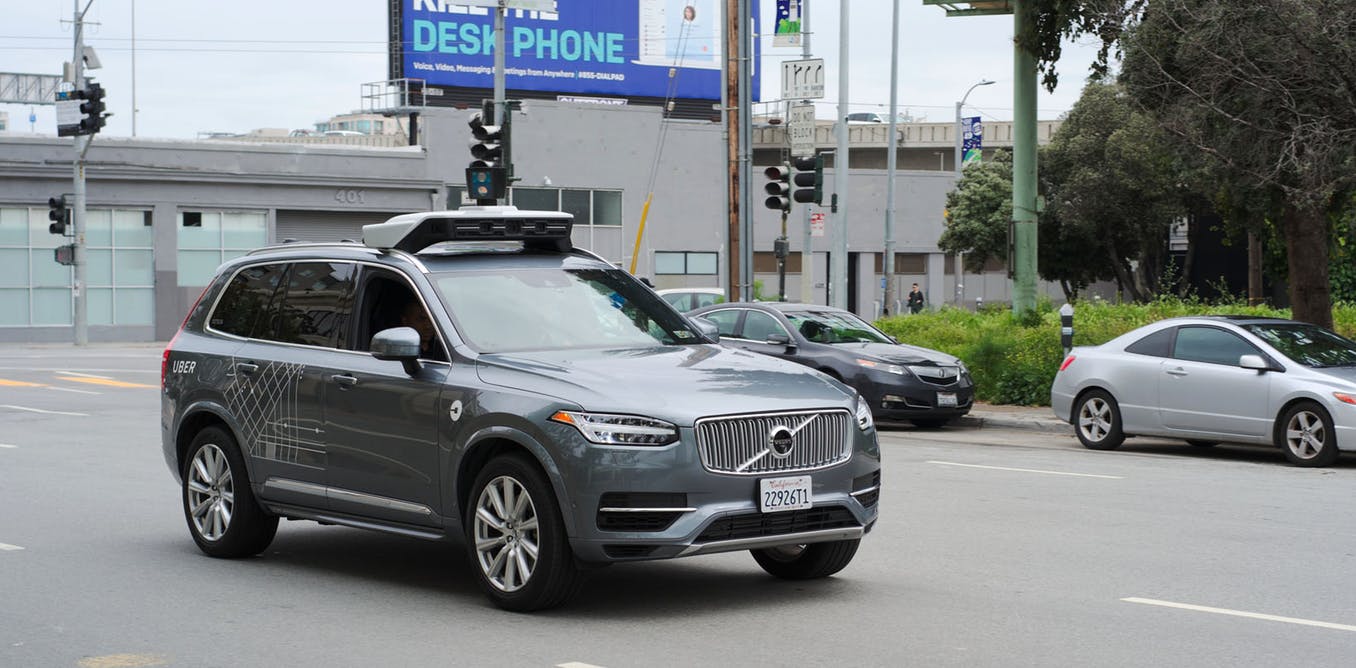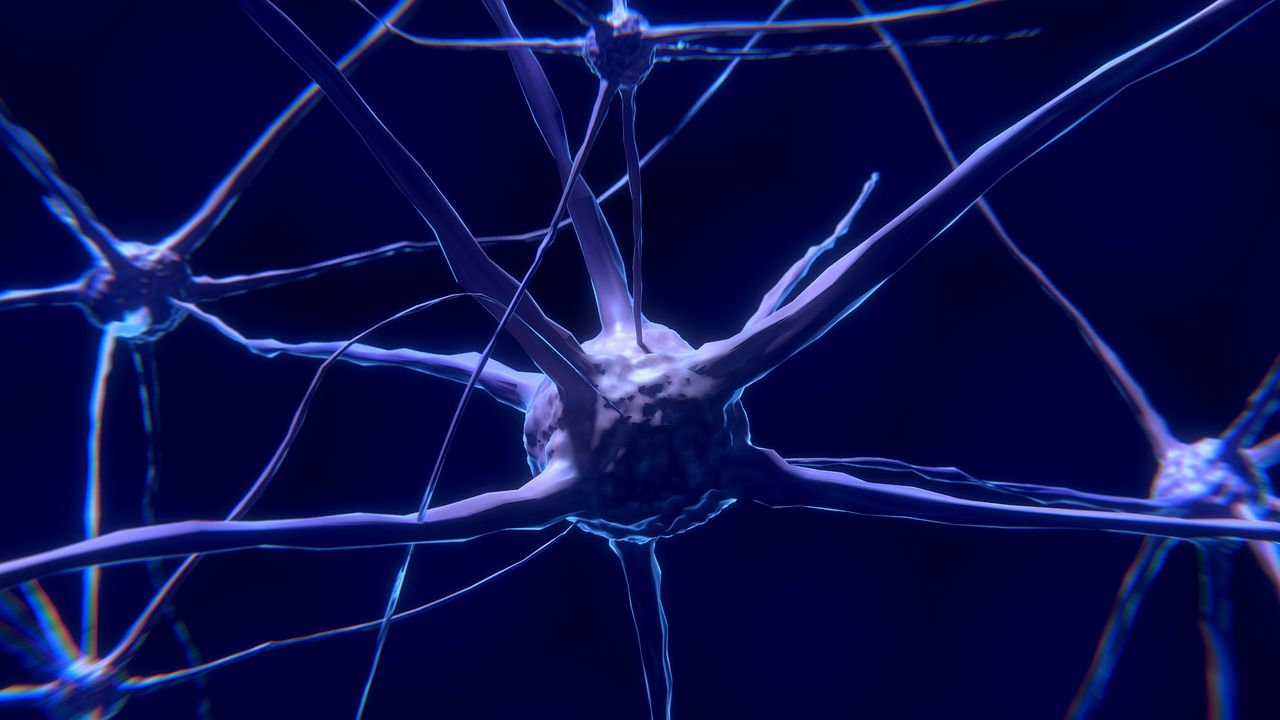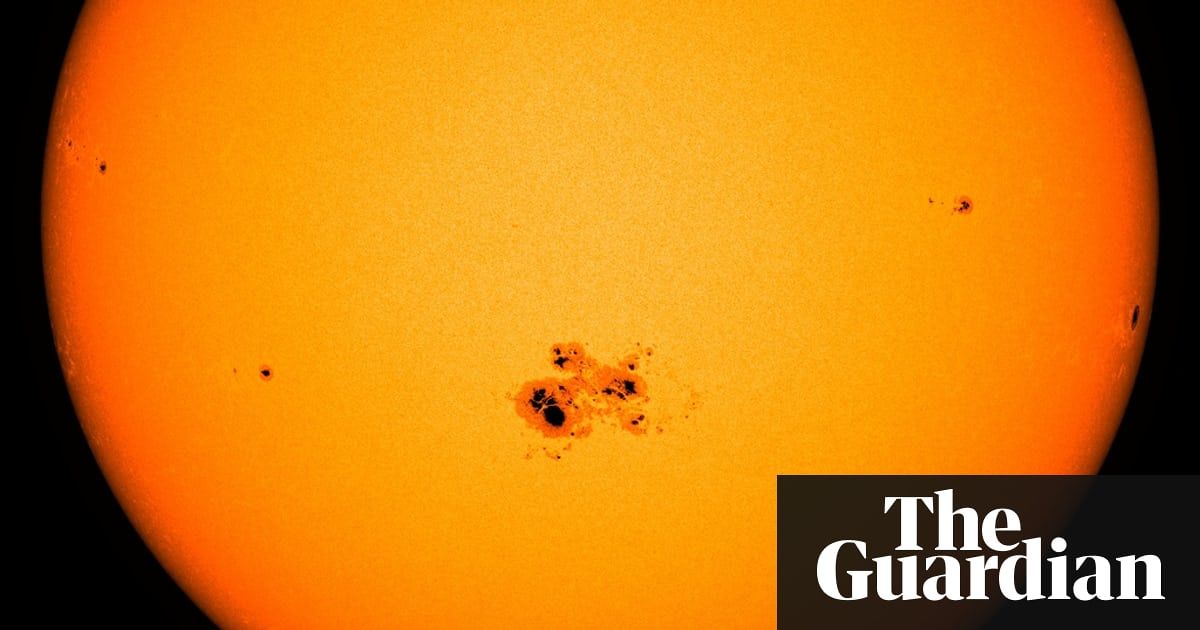Page 9778
Apr 8, 2018
3D map of stellar systems in the solar neighbourhood
Posted by Genevieve Klien in category: futurism
3D map of all known stellar systems in the solar neighbourhood within a radius of 12.5 light-years. The Sun is at the centre and the Epsilon Indi binary system with the brown dwarf Epsilon Indi B lies near the bottom. The colour is indicative of the temperature and the spectral class — white stars are (main-sequence) A and F dwarfs; yellow stars like the Sun are G dwarfs; orange stars are K dwarfs; and red stars are M dwarfs, by far the most common type of star in the solar neighbourhood. The blue axes are oriented along the galactic coordinate system, and the radii of the rings are 5, 10, and 15 light-years, respectively.
Apr 8, 2018
HSBC brings in AI to help spot money laundering
Posted by Genevieve Klien in categories: economics, robotics/AI
Apr 8, 2018
This eye fat could fight vision loss in diabetes
Posted by Genevieve Klien in category: biotech/medical
Scientists have discovered that a particular type of lipid, or fat—thought to only exist in the skin—lives in your eye and could have a part in preventing diabetic retinopathy.
Apr 8, 2018
Macular degeneration tied to aging immune cells
Posted by Genevieve Klien in categories: biotech/medical, life extension
An early symptom is blurry vision in which straight lines appear distorted. That can progress to darkness, whiteouts, or blurry areas in the center of the visual field. The disease does not, by itself, lead to total blindness because peripheral vision remains unaffected. Although some therapies delay loss of central vision, no current treatments restore it completely.
“Macular degeneration therapies seem to be treating disease symptoms, rather than its cause,” Lin says. “We focused on the role of macrophages in regulating inflammation and the growth of abnormal blood vessels to see whether it may be possible one day to help people who don’t get much benefit from existing treatments and design therapies that may prevent progression to advanced forms of the disease.”
Virus delivers genes to fight vision loss.
Apr 8, 2018
Counting down the 10 most important robots in history
Posted by Genevieve Klien in categories: food, habitats, robotics/AI, sustainability
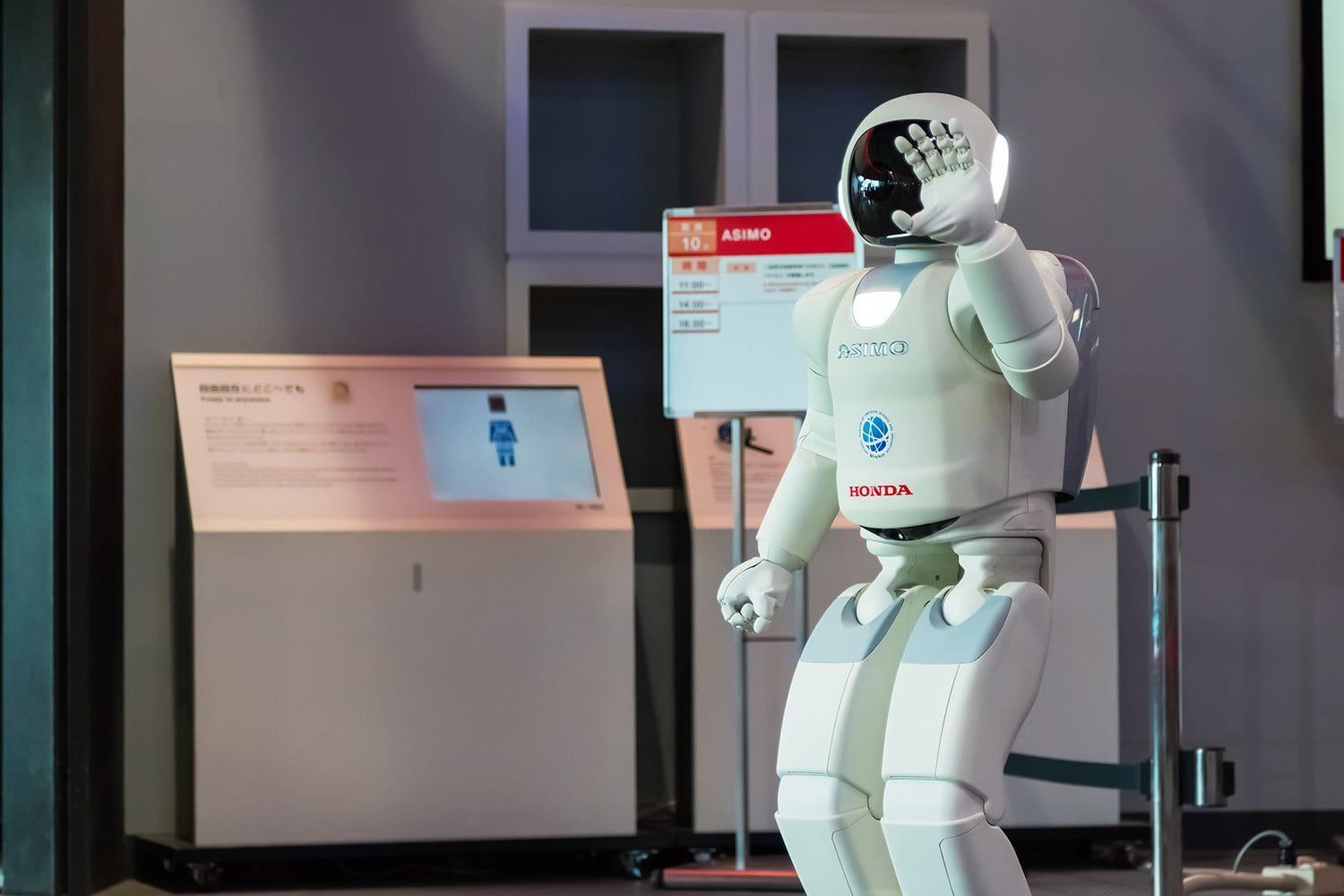
From research labs to factories, farms, and even our own homes, robots are everywhere these days. But which are the most important robots ever built? We decided to welcome our new robot overlords with just such a list. Read on to discover which robots we owe a debt of a gratitude for their part in turning science fiction into, well, science.
Apr 8, 2018
Artificial intelligence: between scientific, ethical and commercial issues
Posted by Genevieve Klien in category: robotics/AI
The report of the mathematician and deputy of Essonne Cédric Villani renders his report on artificial intelligence today.
Apr 8, 2018
Replicating human memory structures in neural networks to create precise NLU algorithms
Posted by Genevieve Klien in categories: information science, robotics/AI
Machine learning and Artificial Intelligence developments are happening at a break neck speed! At such pace, you need to understand the developments at multiple levels – you obviously need to understand the underlying tools and techniques, but you also need to develop an intuitive understanding of what is happening.
By end of this article, you will develop an intuitive understanding of RNNs, specially LSTM & GRU.
Ready?
Apr 8, 2018
Goodbye Anthropocene hello Alexacene. The future of humankind and the planet
Posted by Genevieve Klien in categories: food, robotics/AI
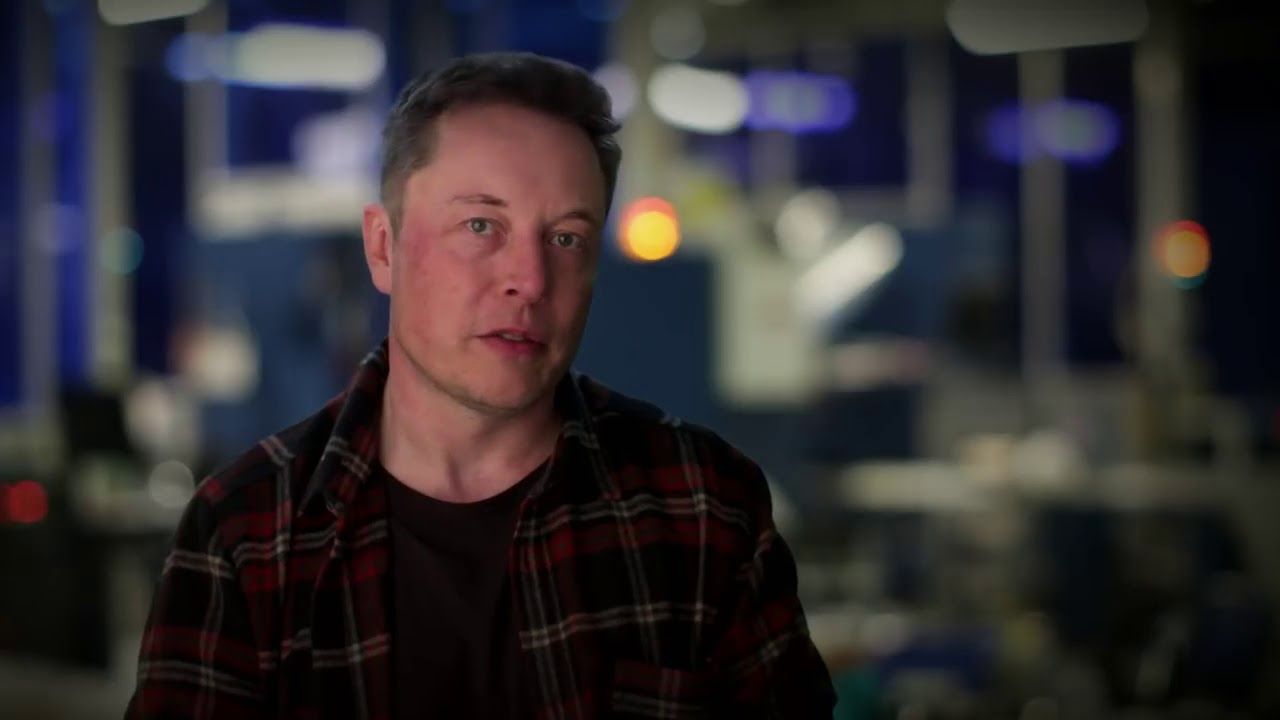
https://youtube.com/watch?v=gdhL3KsZ0jw
You heard about the Anthropocene, a new geological era when what happens to the planet is determined by the activities of the human species. The Anthropocene started with agriculture 12,000 years ago or with the industrial revolution in the 1800s according to different opinions.
I propose that the Anthropocene will be over by the end of this century as what will happen to Earth is determined not by humans but by artificial intelligence (AI).
Continue reading “Goodbye Anthropocene hello Alexacene. The future of humankind and the planet” »
Apr 8, 2018
Starwatch: our nearest star is heading for solar minimum
Posted by Genevieve Klien in category: futurism
Sunspots come and go in 11-year cycles with fluctuations in solar magnetic activity.
